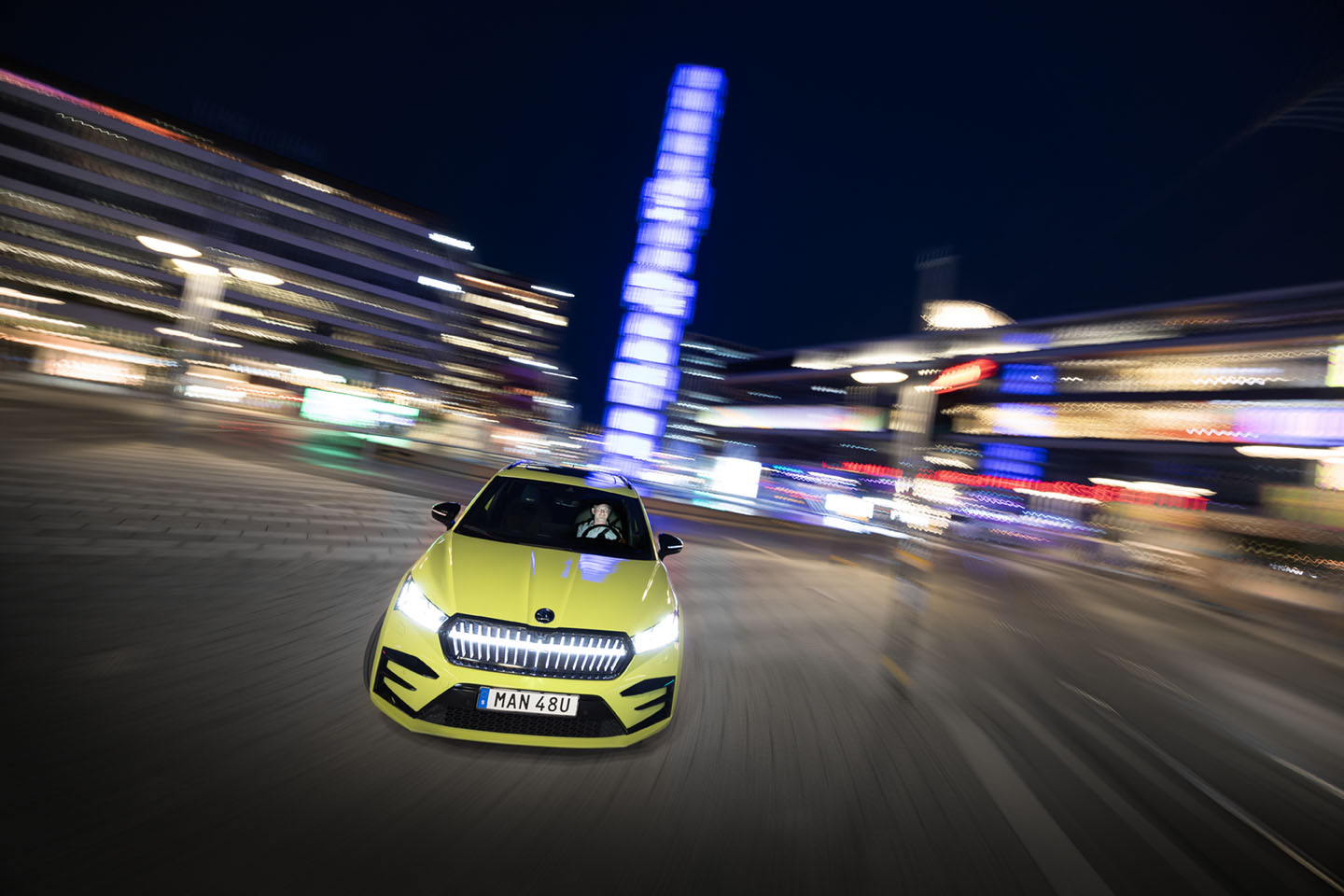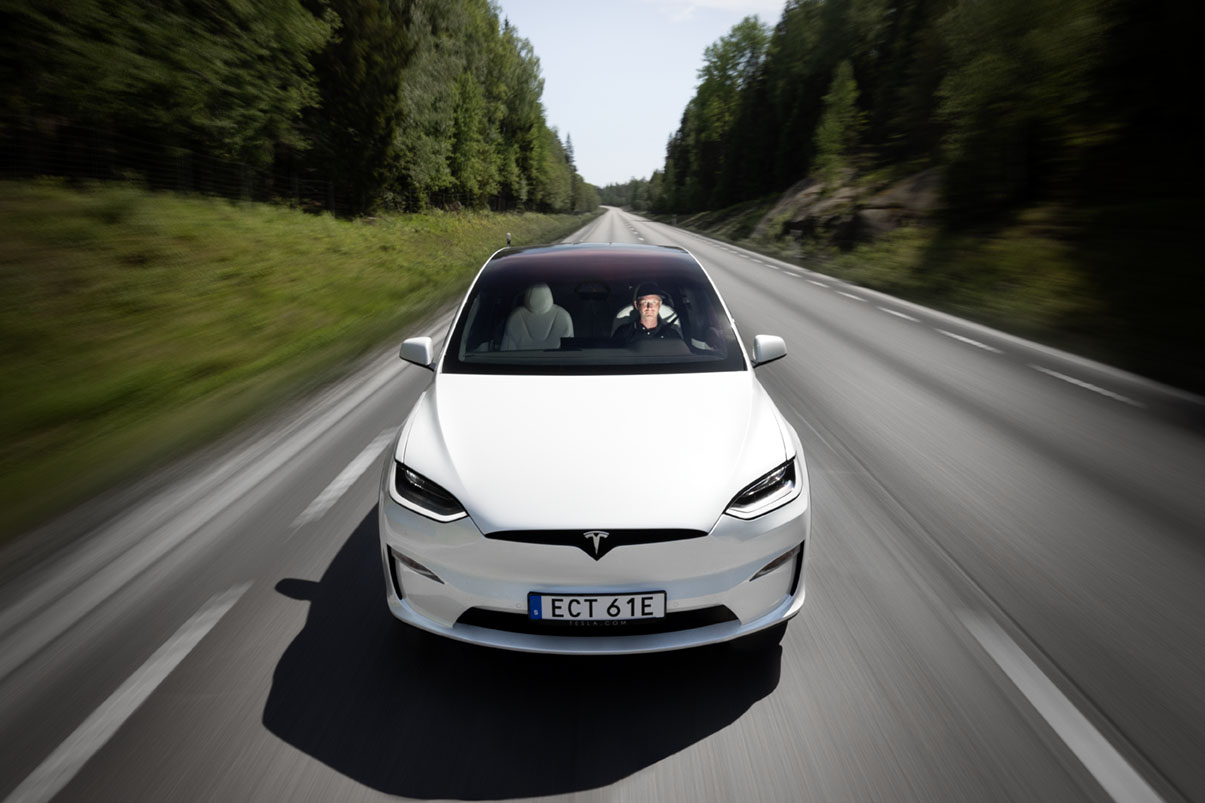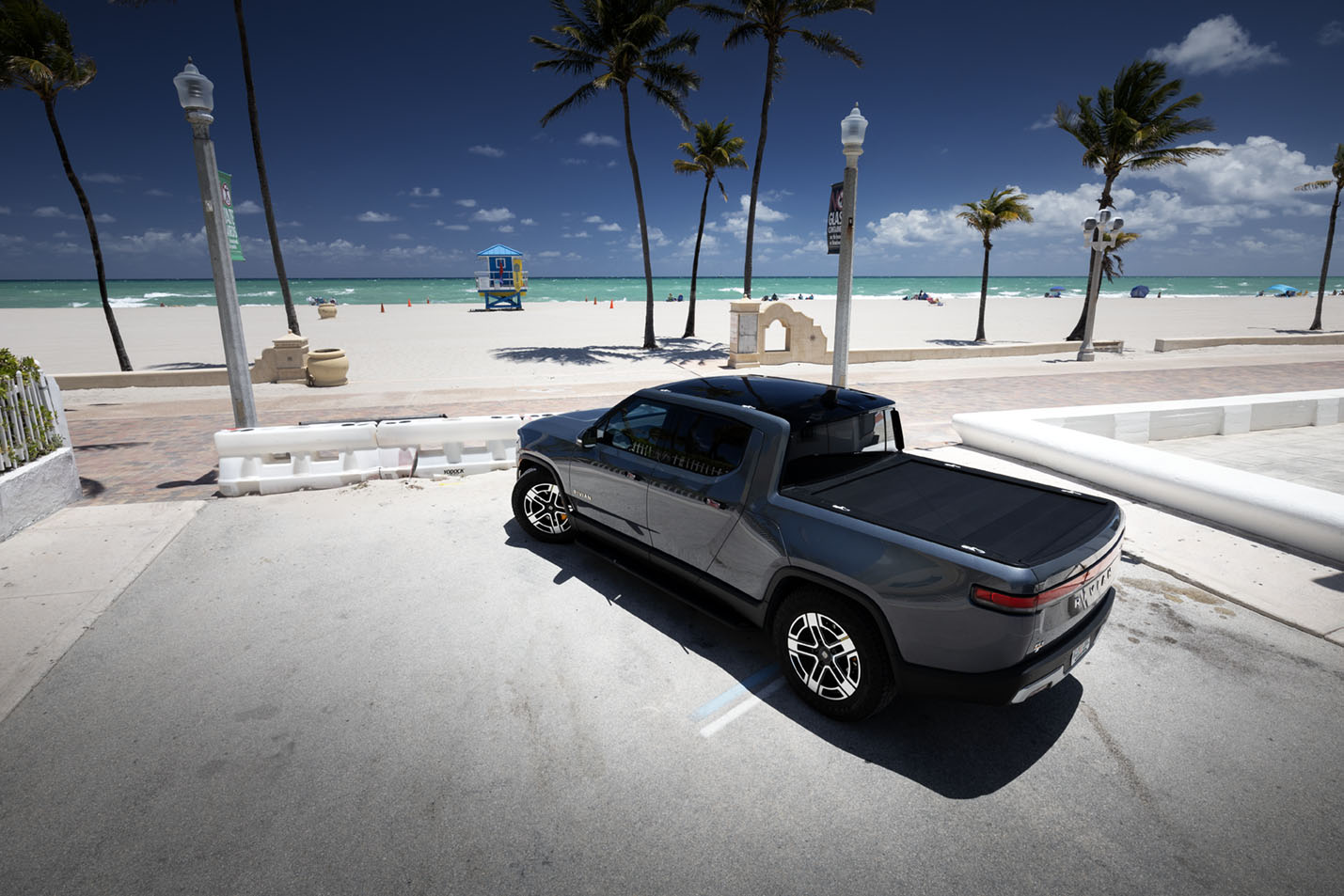This article was originally produced on November 13, 2019, some facts and prices may have changed since then.

If finances are not a problem for you and you want to drive the most exclusive Italian that money can buy, the Pagani Huayra is the answer!
If you thought Ferrari and Lamborghini were the most exclusive car brands from Emilia-Romagna or the Motor Valley as the area is called, you are wrong. Just around the corner from the factories of these two brands is Pagani Automobile. Other brands that also reside in this part of Italy are Maserati and previously also deTomaso and Bugatti.
You can't blame Pagani for spitting out models
The company was founded by Horacio Pagani who originally comes from Argentina, just like Alejandro de Tomaso. Pagani studied design, but also mechanical engineering in Argentina. Before he moved to Italy in 1983 where a year later he started to design the Lamborghini Countach Evoluzione, the first car with a carbon fibre chassis, he managed to design a Formula 2 car but also to receive scholarships from London and Pasadena. At Lamborghini, he was then involved in the design of the Countach Anniversary and Diablo.

In 1991, the Foundation of Modern Design was founded, which later became Pagani Aotomobili - in 1999, his first own car, the Pagani Zonda C12, came.
You can't blame Pagani for churning out models every other day like some other brands do. The model Huayra which is pronounced 'H-wire-ah' was introduced in 2012 and then replaced the model before which was called Zonda. The name comes from a South American wind god called Huayra Tata. The Zonda was the brand's first model and arrived in 1999.
Instead of making new models, Pagani has focused on different versions of the current model it builds. Zonda came in a plethora of versions where F, Cinque, Tricolore and Revolution are a few. The Huayra hasn't had time to come in so many versions yet, but a roadster version and one with the BC extension are available. The latter more adapted for the track with more aerodynamic details and a large rear wing.


Even a super exclusive special version of the Huayra has come with the name Imola after the famous racing track in Italy. The car has been made especially for the car collector Oleg Egotov who is the founder of the car styling company TopCar Design. According to rumours, five examples are to be built by Imola.
The heart of the Huayra is a 700-horsepower twin-turbocharged 6-litre V12 engine from German AMG. The same company that refines and makes the very sportiest models for Mercedes. One could think that in a car for close to ten million kroner there should be a self-developed engine.
Pagani has never been particularly focused on performance figures or setting new speed records. A Pagani should be seen as a work of art
The answer is that the advantages of using a well-developed engine from German AMG mean that operational reliability increases and you can also take the car into most AMG centres and have it serviced when needed. To be able to handle the massive twist of 1000 Newton metres, a classic robotized seven-speed gearbox sits in the Huyara. Since almost the entire car is built in carbon fibre, the weight has been reduced quite a lot. A Huyara weighs in at just under 1,350 kilos, where the 44% ends up on the front axle and the 56% on the rear.

What distinguishes Pagani from, for example, Koenigsegg is that they have never been particularly focused on performance figures or setting different speed records. A Huayra is of course fast and 0-100 goes in under 3.5 seconds and you will be able to drive just under 400 kilometres per hour with it. Although the performance figures are not the most important thing for a Pagani Huayra, it does not make it any less interesting.
A Pagani should be seen as a work of art rather than a car to break records with. Every single detail is beautiful enough to be exhibited in an art museum. You could spend forever just sitting and admiring the hate work behind it, nothing has been left to chance or placed in the car without thought.
Take, for example, the incredibly beautiful rear-view mirrors in clear lacquered carbon fibre. Or why not the open skeleton-like construction for the gearbox. Or the entire instrument cluster around the steering wheel, which brings to mind a beautifully constructed aluminium aircraft. That said, one can spend an eternity just admiring a Pagani Huayra.

The feeling of driving a Pagani is of course as exciting as looking at it stationary. The car lives in a way other cars only dream of. However, to say that a Pagani is a comfortable car is not right, you hear everything in it but above all the sonorous V12 engine behind the back. But also every shift is heard in a mechanical way. Despite the enormous power of the engine, you have relatively good control. I write relatively because you have to be a very experienced driver of this type of car to dare to explore the limits of the car and there are few who actually are. Probably not those who actually buy or rather invest in a Pagani either. The cars have constantly increased in value and in some cases the factory has actually bought back the single version to keep in their possession and often exhibited in the museum's attached to the factory. Well worth a visit if you are nearby. Here, as an ordinary mortal, you can at least get close to a Pagani Huayra, because the risk that you will see one roll by on the street where you live is unfortunately minimal.
Pagani Huayra
| Basic price | From $3.5 million |
| Engine | 6-litre biturbo V12, 700 hp. Torque 1000 Nm |
| Transmission | Mid-engine, 7-speed sequential automatic transmission, rear-wheel drive |
| Acceleration | 0-100 in 3.0 sec |
| Top speed | approximately 380 km/h |
| Fuel consumption mixed driving according to the manufacturer | 2.05 l/mile |
| Weight | 1,350 kg |
| Guarantees | No tasks |
| Web | www.pagani.com |




